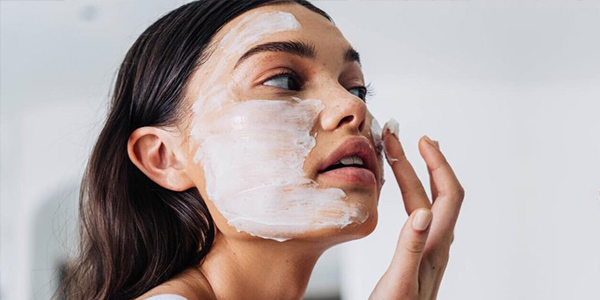Sun screens work in two ways to block the damaging effects of exposure to the sun: by using physical (or mineral) blockers such as zinc dioxide and titanium dioxide or by using chemical sunscreens which are absorbed into the skin.
Physical sun screens can make the skin look white, at least until the product is absorbed. If you think of the white-coloured noses on beach-goers in the 1980s and 1990s- these were due to these compounds. However because manufacturers make the inorganic particles much smaller now, we don’t see the visible white as much or as long. These sunscreens physically ‘block’ the sun by creating a physical barrier on the skin and they have many advantages:
- They work immediately (unlike chemical sun screens which need to be absorbed first before they work effectively.)
- They screen out a wide range of the sun’s cancer-causing UVA and UVB radiation. Zinc Oxide in particular blocks all parts of the UV spectrum.
- They are better for young children’s skin and for these who have concerns about chemical sunscreens.
Chemical sun screens most often contain organic chemicals, such as avobenzone or oxybenzone. Instead of physically deflecting UV light, these molecules absorb UV radiation through their chemical bonds. As the bonds absorb UV radiation, the components of the sunscreen slowly break down and release heat.
Some chemical sun screens do not provide adequate broad spectrum defense and they often cause irritation and can release free radicals which cause further skin damage. Chemical sun screens need to be applied 20 minutes before exposure to ensure adequate protection.
Both forms of sun screen have their advantages and it is therefore preferable that you use a sun screen that uses a combination of physical and chemical sun screens.


